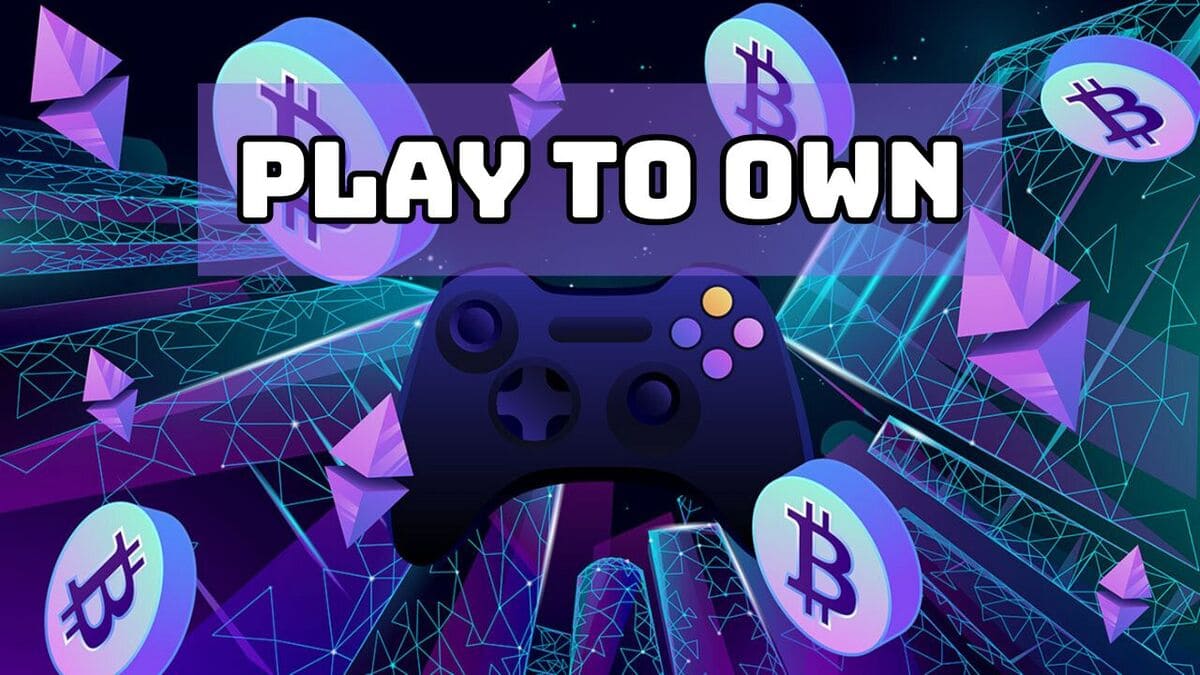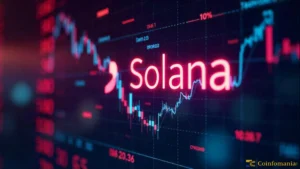Unlocking the Future: How ‘Play to Own’ Games Transform Blockchain Gaming

The Shift from Play-to-Earn to Play-to-Own: Redefining Gaming Economics
Understanding the Collapse of Play-to-Earn
The Play-to-Earn (P2E) model once promised to revolutionize the gaming landscape by allowing players to earn rewards through gameplay. This concept, which included transferable tokens and crypto incentives, initially attracted many. However, the model ultimately failed, not due to the inherent volatility of cryptocurrency markets, but because it was fundamentally flawed. Players became mere participants in an inflationary cycle, where the focus was more on economic gain than on engaging gameplay.
Developers prioritized creating an economy driven by continuous token issuance rather than enhancing the gaming experience. Each new player essentially became a source of liquidity for those who joined before them. The illusion of earning through play quickly faded, leading to a mass exodus when token values began to decline. Currently, a staggering 90% of P2E projects have either failed or been abandoned, with funding for the sector dropping over 70% in early 2025 and active user numbers continuing to fall.
The Emergence of Play-to-Own
In response to the shortcomings of P2E, a new model known as Play-to-Own (P2O) is gaining traction. This approach shifts the focus from merely distributing tokens to providing players with genuine ownership of unique, verifiable in-game assets secured on the blockchain. These items are no longer just volatile trading chips; they possess intrinsic value derived from their significance within the game itself.
The P2O model draws parallels to physical collectibles, where items like rare weapons or exclusive skins hold value not because of speculative returns, but due to their utility and perceived rarity. This necessitates a different framework, emphasizing limited supply and mechanisms to prevent market oversaturation. The worth of these assets is anchored in compelling gameplay and an engaged community, treating the economy as a supportive tool rather than the primary focus.
Rethinking Player Engagement
To ensure that Play-to-Own does not fall into the same pitfalls as its predecessor, developers must adopt a new perspective. Simply replacing tokens with NFTs is insufficient. The relationship between players and games needs to be redefined—not as a transactional job or investment opportunity, but as an immersive experience where time spent contributes cultural value rather than just financial gain. If the incentives remain skewed towards cashing out, the cycle of failure will likely repeat.
The Importance of Purpose Over Ownership
The Web3 gaming sector stands at a pivotal moment. Mere statistics and promises no longer hold weight. The notion that any digital asset can inherently possess value simply by being on the blockchain is losing credibility. True ownership does not equate to meaningful engagement. The real challenge lies in crafting games that offer purpose—where players are motivated to stay not for monetary rewards, but for the enriching experiences within the game.
Digital ownership itself is not the issue; rather, it was the monetization approach that failed. The P2E model faltered by treating players as investors. The Play-to-Own model has the opportunity to learn from these missteps, but it must recognize that merely holding an asset does not guarantee its value. Ultimately, the game’s design and engagement will determine worth, and without a captivating experience, no NFT can salvage it.







